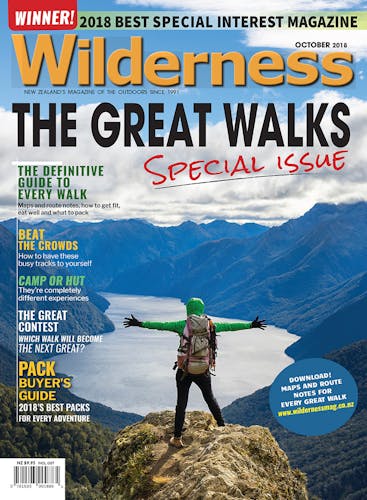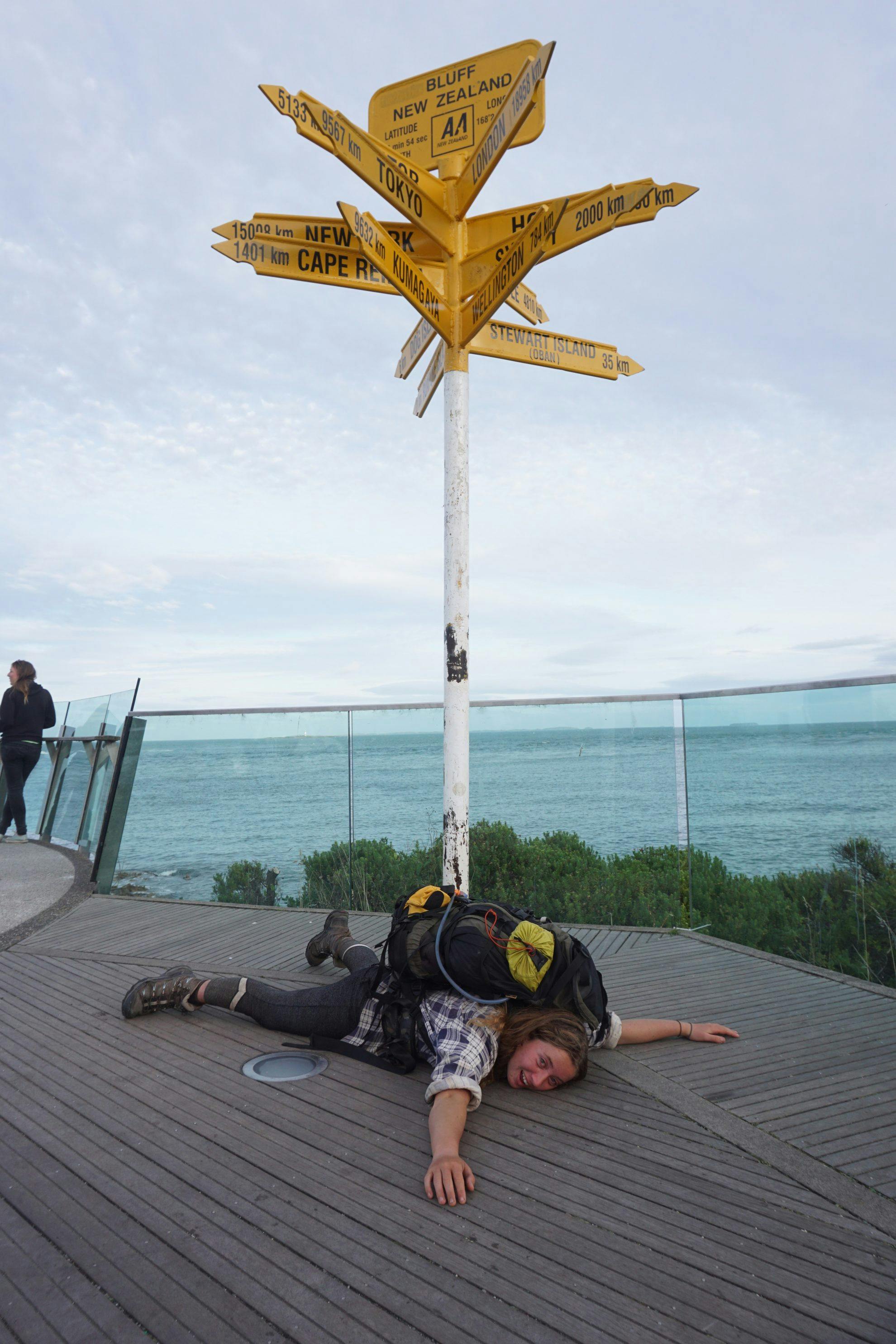As the popularity of the Te Araroa Trail continues to grow, the challenge of managing ‘New Zealand’s trail’ is becoming increasingly complex.
About 1000 trampers are expected to start walking the 3000km Te Araroa Trail this spring, as the profile of the walk continues to grow.
Te Araroa Trail Trust chief executive Mark Weatherall said he expects the number of walkers to increase by about 25 per cent on last year when about 800 walked the trail.
“Interest seems to be stronger than last year and we are expecting it to increase again,” Weatherall said.
Last year, surveys found about 60 per cent of walkers were Kiwis and walkers were split into two distinct age groups.
“We get people who are in their early 20s who have finished their studies and aren’t sure what to do and want to take time to find themselves,” Weatherall said. “Then at the other end is couples nearing retirement, in their early to mid-60s, who are looking for a challenge and have more time on their hands as their kids have grown up.”
Weatherall is working with accommodation providers and DOC hut rangers to collect more information about walkers to get more accurate figures this season.
But as the trail grows in popularity, it has become increasingly challenging to manage.
A section of the trail through Herekino Forest, near Ahipara in the Far North, has been closed due to kauri dieback. This will mean walkers will now have to walk 40km on the road.
Tensions over the spread of kauri dieback also threaten to close further sections. Because Te Araroa walkers go directly between multiple kauri forests, they are considered a high-risk vector and landowners on the trail have said they may withdraw access if people fail to use hygiene stations.
“We’ve got to get across that this is a big deal – if we don’t, then potentially more sections of the track will close and walkers will be forced onto the road,” Weatherall said.
“We are asking walkers to use all of the wash stations and to stick to the designated camping sites. We don’t want people putting up tents in the middle of kauri forests – the pegs risk spreading the disease.”
An agreement with landowners on Whangarei Heads will see 20km of the trail taken off the road and put through private land.
The behaviour of walkers in the South Island high country will also be in the spotlight, where farmers are feeling the strain of the growing number of walkers on tracks through farmland. This year a Southland farmer trespassed two TA walkers after he became frustrated with hikers repeatedly leaving the trail.
But one of the biggest impacts could come from trampers flooding newly developed sections of the trail. DOC is considering building two new Great Walks on the TA – the Queen Charlotte and Te Paki tracks – which could make it difficult for walkers if the tracks book out.
The biggest impact will be the Queen Charlotte Track, in the Marlborough Sounds. The track is the start of the South Island leg for south-bound walkers, who typically arrive in the busy Christmas period, two months after leaving Cape Reinga. If walkers are forced to book months ahead to secure a campsite, it could become a logistical nightmare.
“We are in discussions with DOC – we would love to see more areas where our walkers can camp so there’s enough space and walkers don’t have to book months in advance,” Weatherall said.
Otherwise, walkers would have the option of continuing from Picton and skipping the Marlborough Sounds – but Weatherall hopes a solution can be found.
“We don’t want to lose that part of the trail.”
The Te Paki Coastal Track is at the start of the Te Araroa Trail, but as walkers typically begin in October, the impact would likely be less pronounced.








